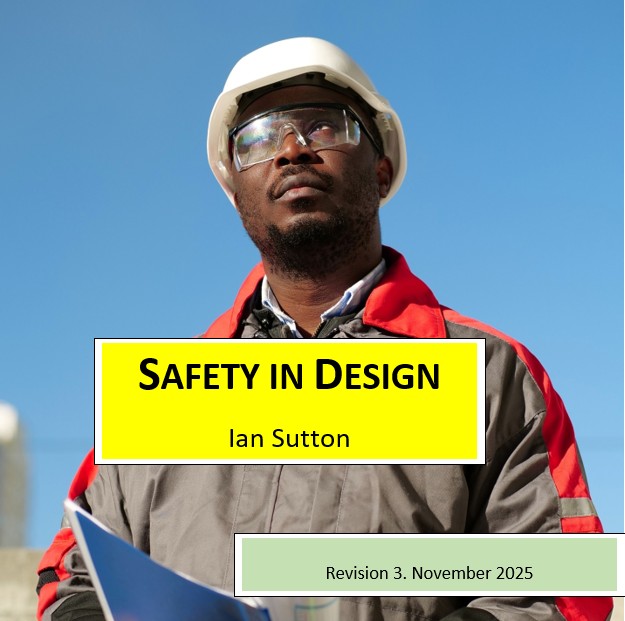Primer: Safety in Design

This Primer, Safety in Design, can be downloaded here. It is a .pdf file, priced at $25.
Summary of Safety in Design
Safety in Design is the foundation of every safe operation. It determines not only how a facility performs under normal conditions, but how it behaves when things go wrong. Decisions made during the design phase fix the limits of what operators and engineers can later achieve. Once a hazard is built in, it is expensive — often impossible — to remove.
Effective design begins with elimination: what you don’t have can’t leak. But safety also depends on anticipation of degraded modes, utility losses, human error, and the slow erosion of protective layers over time. A sound design does not rely on optimism; it assumes failure and provides a safe way out.
Modern tools such as digital twins, advanced analytics, and virtual reviews extend the designer’s reach, yet they do not change the essential responsibility. Safe design is not achieved by technology alone but by disciplined engineering judgment and respect for physical limits.
Ultimately, Safety in Design is not a project deliverable but a way of thinking. It links every element of process safety into a coherent system built on foresight. The best evidence of success is not the complexity of the safeguards, but the quiet reliability of a plant that operates year after year without incident because it was designed to be safe from the start.
Core Concepts
Safety in Design integrates hazard control and risk reduction strategies during the design and engineering phases of a facility. Ideally hazards are eliminated, rather than merely controlled. Key elements of Safety in Design include:
- Inherent Safety
- Hazard Elimination
- Process Hazards Analysis
- Safe Limits
- Fail-Safe Design
- RAGAGEP
- Digital Twins
- Degraded Utilities
Table of Contents
Introduction
Core Concepts and Terminology
Inherent Safety
Hazard Elimination
Process Hazards Analysis
Safe Limits
Fail-Safe Design
RAGAGEP
Digital Twins
Degraded Utilities
Human Factors Engineering
Safety Through the Project Lifecycle
Regulations and Standards
Potential Pitfalls
Emerging Trends
Conclusion
Knowledge Check: 10-Question Quiz
Questions
Answer Key
Purchase Information
To purchase this Primer, please use this link.

